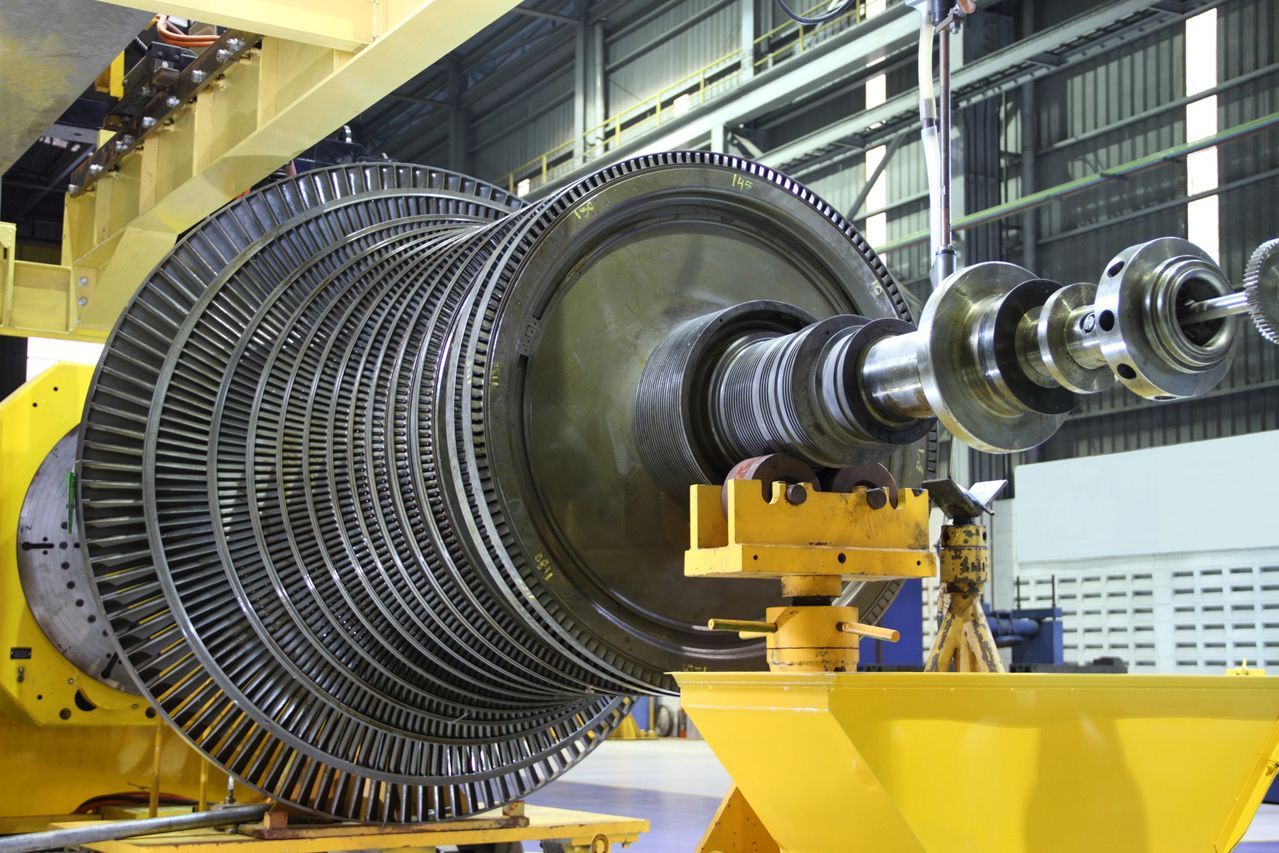High Temperature
Flexible high temperature un-cooled probes have been tested to 600°F.

High Temperature
We have experience building high temperature scopes for applications that require insertion through difficult paths and static use. Continuous bending shortens life, and sometimes causes unpredictable failures. All high temperature scopes work better the less they are cycled, and all will have some finite life. This varies by application, and can sometimes vary unpredictably.
The fiberoptics have chemical treatments applied that enhance flexibility, and depending on the manufacturer, these will bake off over time. If the scope is static, it is not usually a problem. These can be built up to approx 3M in length.
Rigid high temperature scopes have more choices. Cooling is easier to apply, and they can be built using fiberoptics without regard to bending issues. They can be built with conventional relay lens system for ultimate resolution, but if un-cooled, they must be built without any optical cement joints if working above ~400°F. This will make the images more likely to be flawed by incoming debris from the operating environment.



